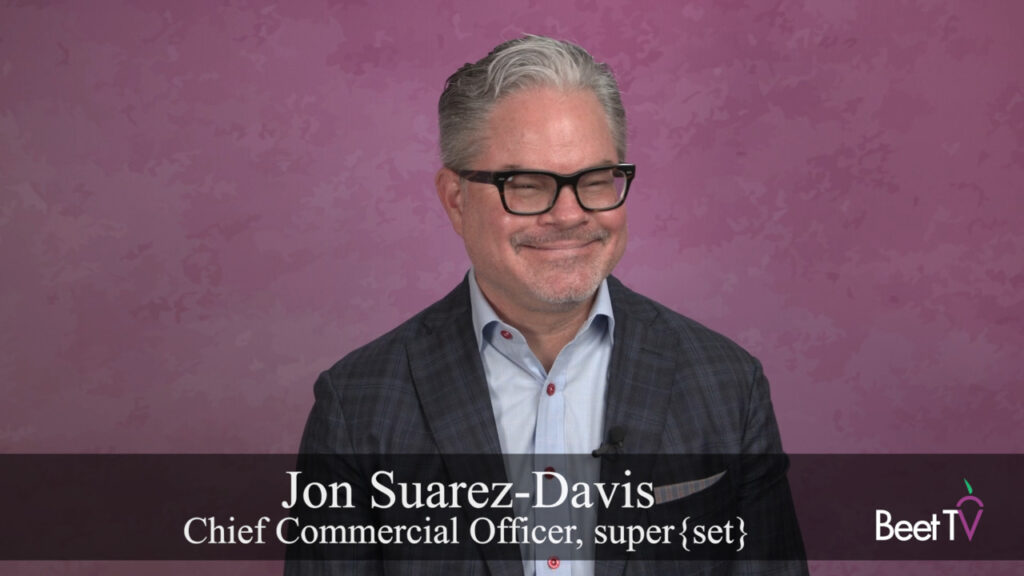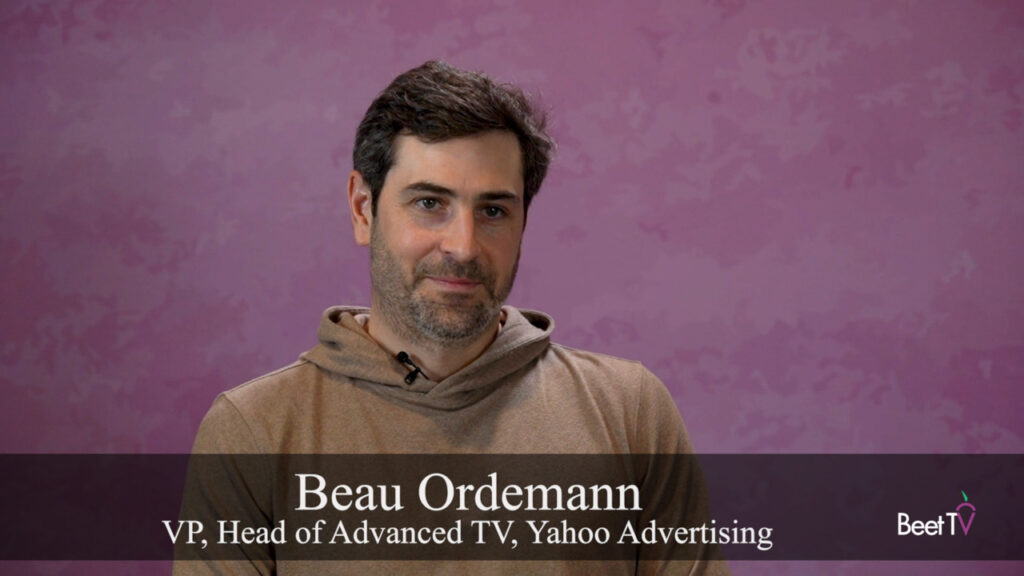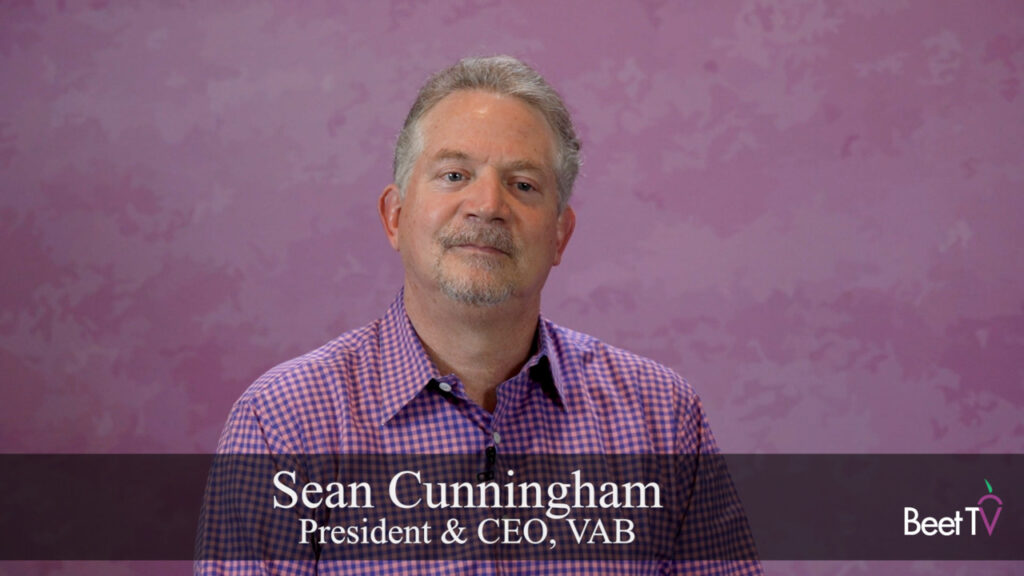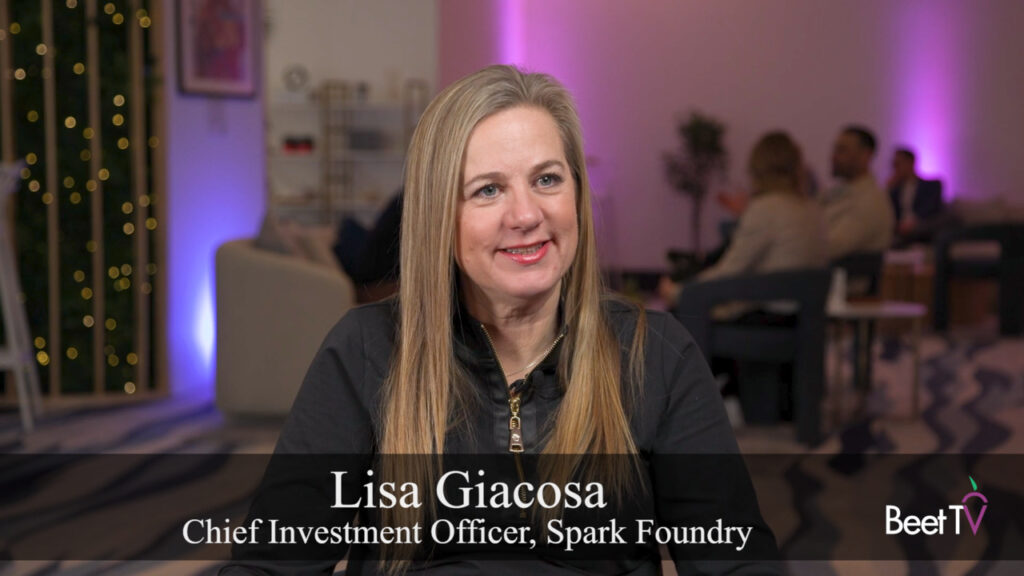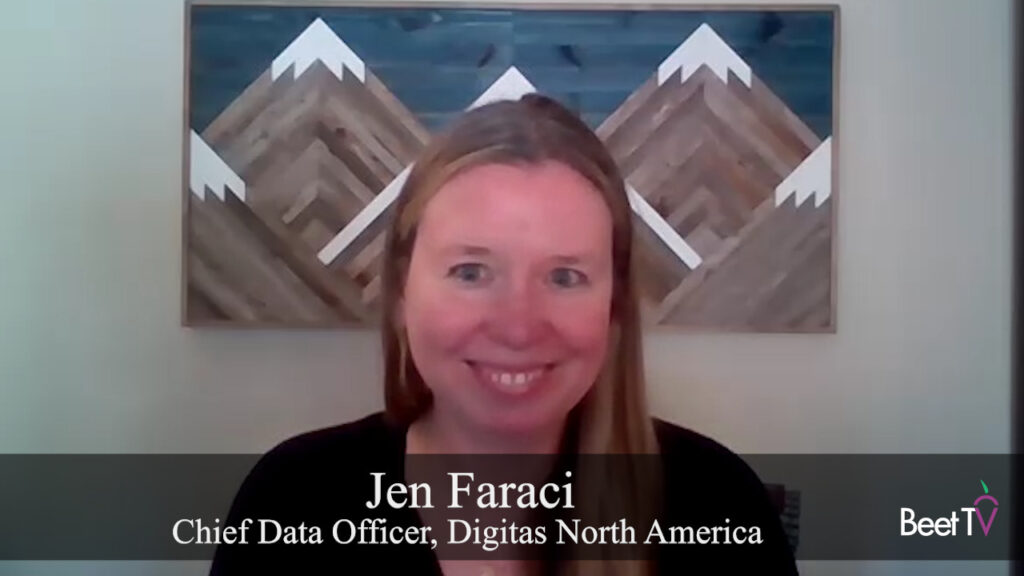Why would an advertiser want to precision-target individual TV-viewing households when who they really want to reach is… everybody?
That is a key question being asked of the emerging technology of “addressable TV”, which supports such targeting.
eMarketer has revised down its 2019 forecast for US addressable TV ad spending, from the earlier $2.54bn to $2bn, attributed to connected TV platforms gaining a faster share of spend that traditional MVPD platforms will.
Another inertia effect appears to be that national advertisers, who have historically used TV to make a big awareness splash at the top of the marketing funnel, are not necessarily motivated to slice their audience in to ever-smaller pieces.
“Where the industry hasn’t yet reached a consensus is in determining what proportion of the TV ad market will be delivered addressably 10 years from now,” says Jon Watts, co-founder of the MTM London-based consultancy, in this video interview with Beet.TV.
“Part of the problem is use cases. Lots of advertisers who choose to run national campaigns in the US market really want national reach. They’re trying to reach a broad cross section of the industry.
“If you think about, for example, many FMCG advertisers or someone selling automotive insurance, these are companies that are really keen to hit that mass market.”
That is why so much attention of “addressable TV” and “programmatic TV” vendors is now turning to the local TV market.
Local cable inventory may not be as sexy as nationwide campaigns, but cable operators are making more inventory addressable to advertisers – not just the two minutes per hour historically given over, but all of the available time.
Coupled with the ability to deliver directly to devices, rather than through the cable operators, and advertisers who may go on booking big national campaigns now have the ability to reach specific localities additionally.
Coming at it from the other end, it is now recognized that addressable TV also offers local advertisers the ability to buy campaigns in a way they could not have before, priced out by the need to go large.




























